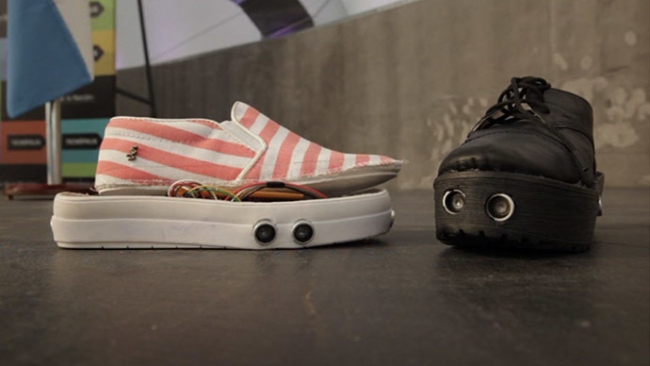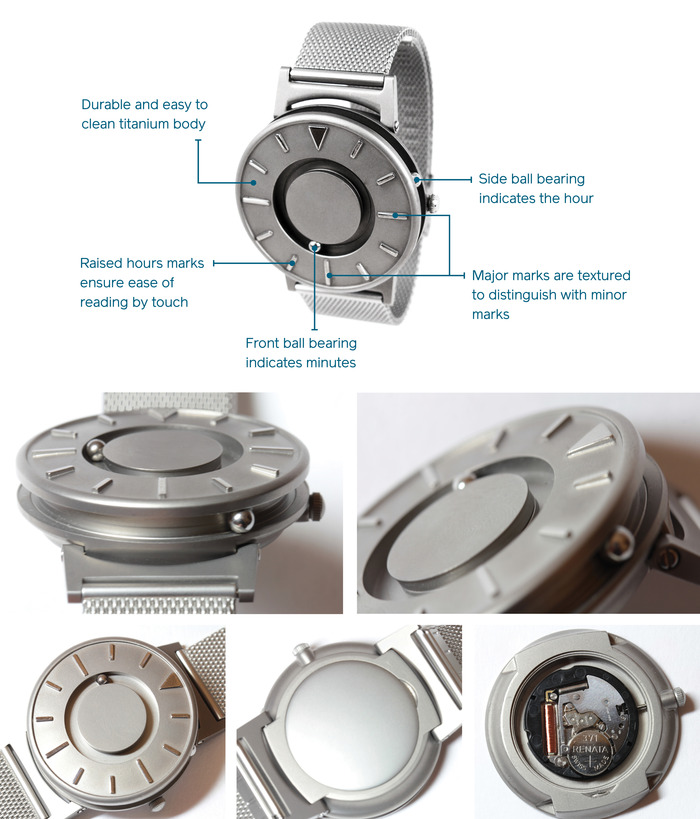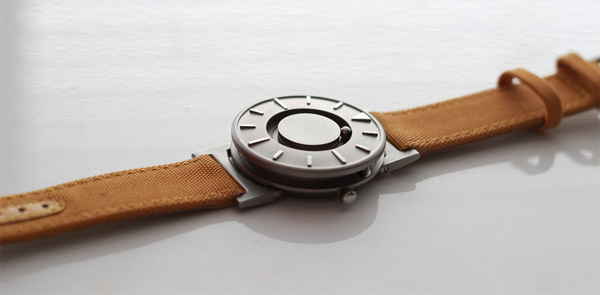
Those in the US suffering from blindness due to retinis pigmentosa (RP) will now be able to regain some vision bionically for the first time ever, thanks to Second Sight's Argus II retinal prosthesis. The device was just approved by the FDA for sale stateside after surmounting the same hurdle in Europe almost two years ago -- though it was first launched long, long before that. RP is a rare genetic disease that inflicts 100,000 or so Americans, destroying photoreceptors in the eye while leaving other cells intact. By implanting a device on the retina that receives a signal from the eyeglass-mounted camera, those cells can be stimulated as if receiving light, causing them to transmit an image to the brain. Due to the limited number of electrodes, patients would only be able to discern light or dark, but most have reported better functionality with the device -- being able to make out the shape of a curb while walking, or discerning between light, grey or dark colored socks, for instance. The Argus II has been certified by the FDA for "humanitarian use," meaning there's "reasonable assurance" that it's safe, and should start popping up in specialized clinics by the end of the year.
[Photo credit: Associated Press]
Filed under: Wearables, Science
Comments
Via: CNET
 Uber has made some effort to accommodate passengers with special needs, but it certainly hasn't been perfect: in 2014, the National Federation of the Blind's California branch sued Uber for denying rides to poor-sighted passengers with guide dogs and...
Uber has made some effort to accommodate passengers with special needs, but it certainly hasn't been perfect: in 2014, the National Federation of the Blind's California branch sued Uber for denying rides to poor-sighted passengers with guide dogs and...
 Uber has made some effort to accommodate passengers with special needs, but it certainly hasn't been perfect: in 2014, the National Federation of the Blind's California branch sued Uber for denying rides to poor-sighted passengers with guide dogs and...
Uber has made some effort to accommodate passengers with special needs, but it certainly hasn't been perfect: in 2014, the National Federation of the Blind's California branch sued Uber for denying rides to poor-sighted passengers with guide dogs and...
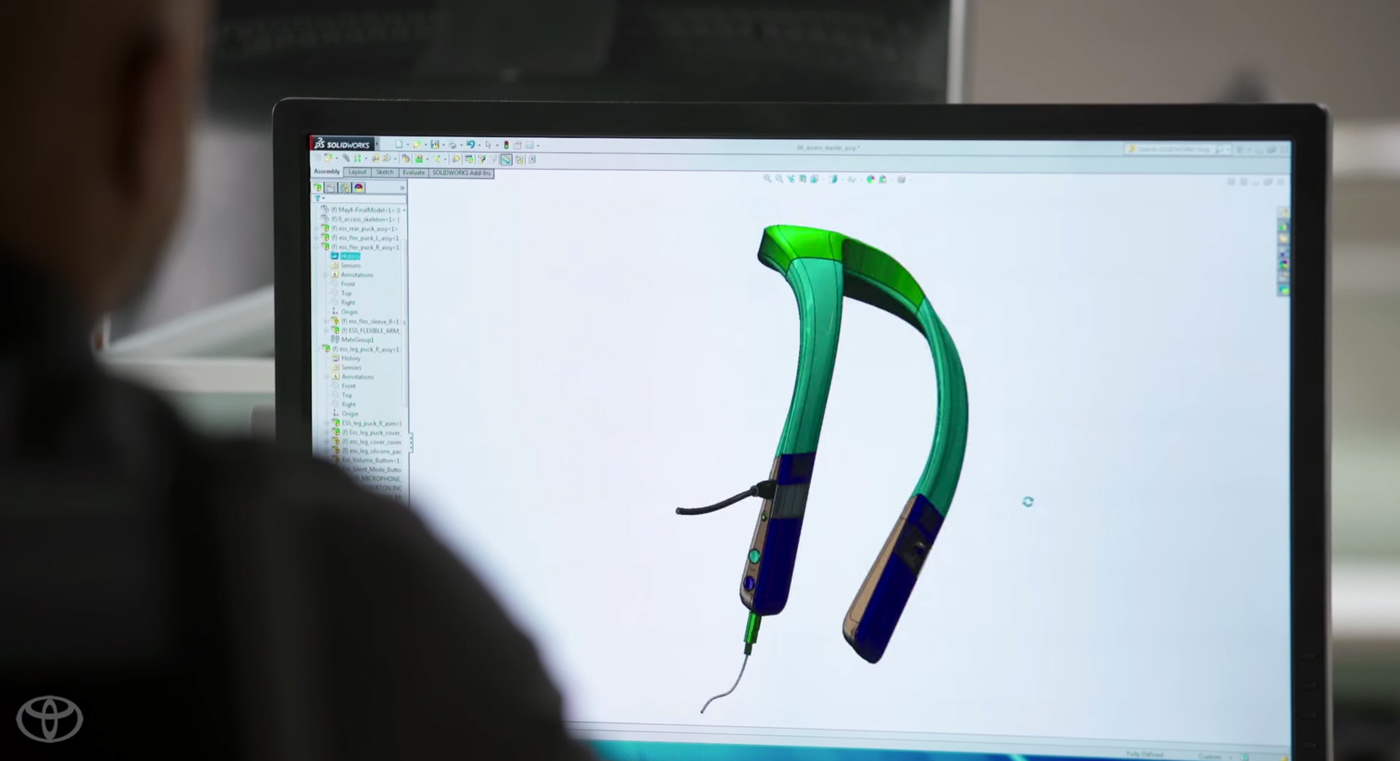 Scientists are slowly making headway in the treatment of visual impairments, but in the meantime, technology promises to help the blind and partially sighted gain greater independence. Joining the ranks of Microsoft and many others, Toyota has reveal...
Scientists are slowly making headway in the treatment of visual impairments, but in the meantime, technology promises to help the blind and partially sighted gain greater independence. Joining the ranks of Microsoft and many others, Toyota has reveal...
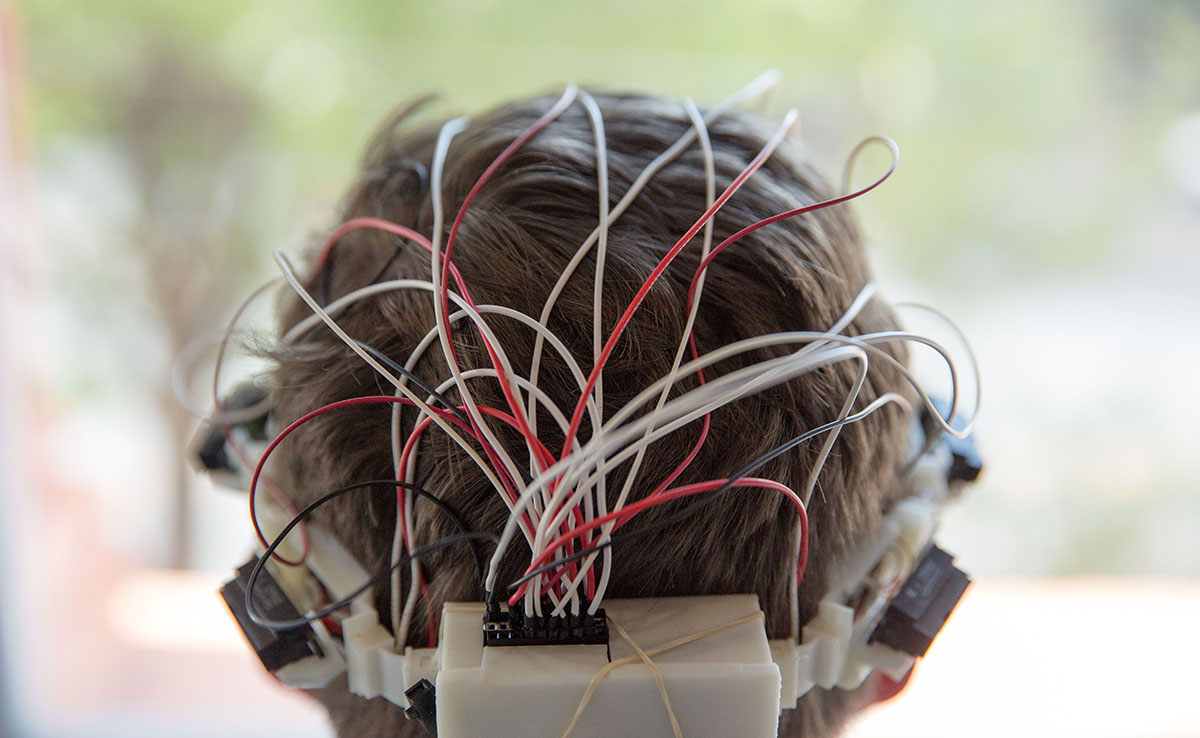 Until scientists perfect bionic vision, shouldn't there be a better way for the blind to get around than a simple cane? That's the idea behind Sentiri, a proximity-sensing headband that helps steer users around by motor-driven haptic feedback. It d...
Until scientists perfect bionic vision, shouldn't there be a better way for the blind to get around than a simple cane? That's the idea behind Sentiri, a proximity-sensing headband that helps steer users around by motor-driven haptic feedback. It d...
